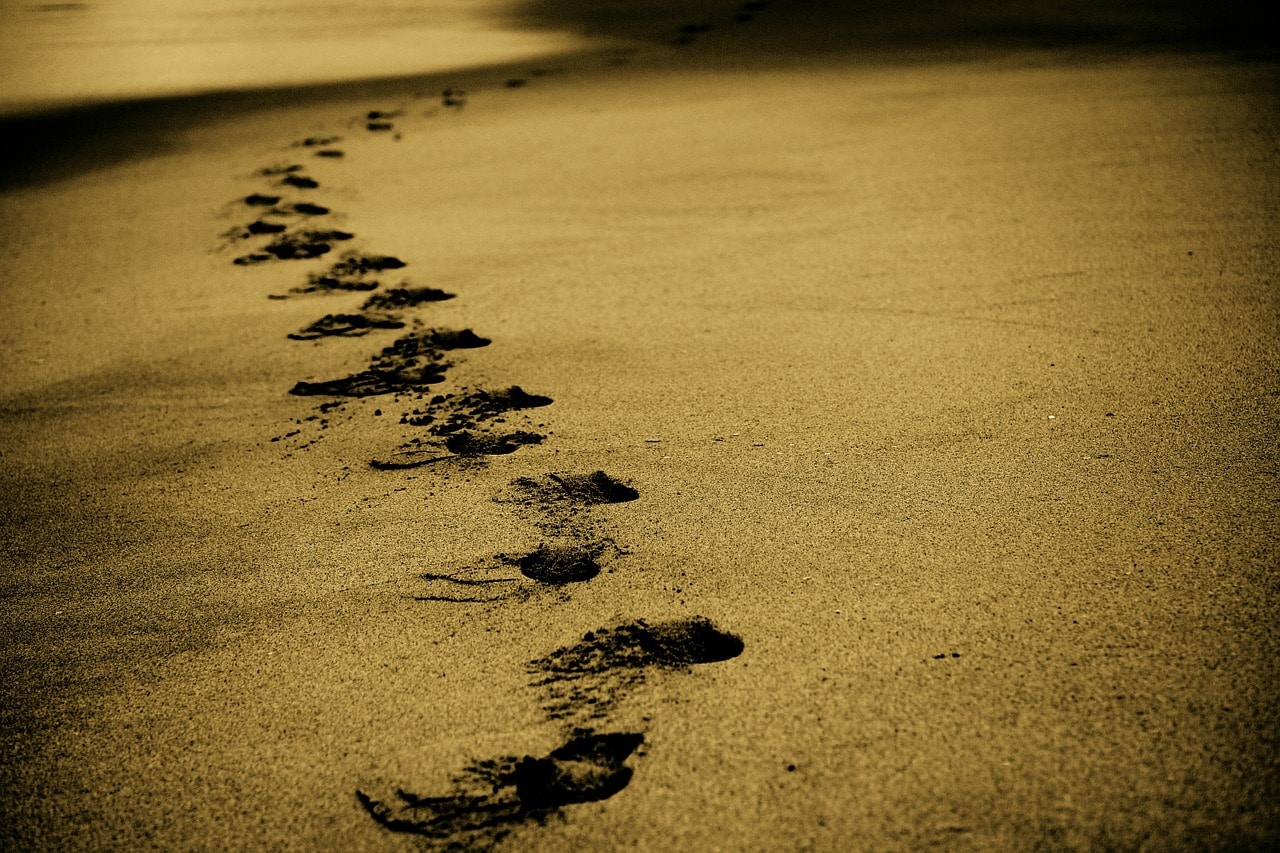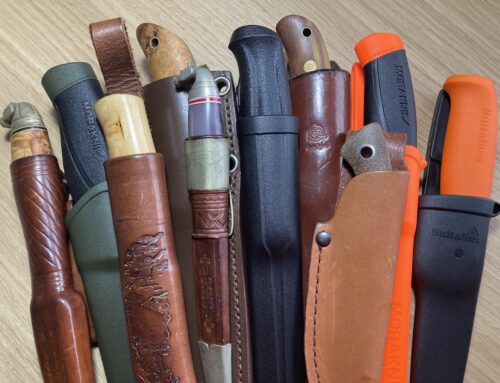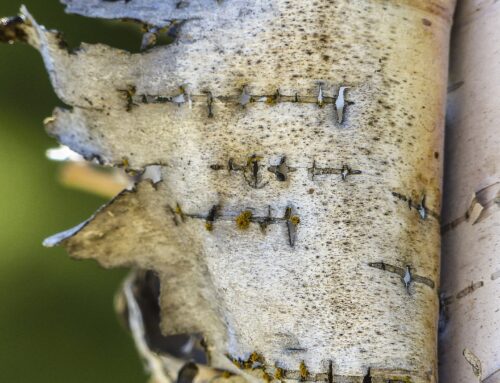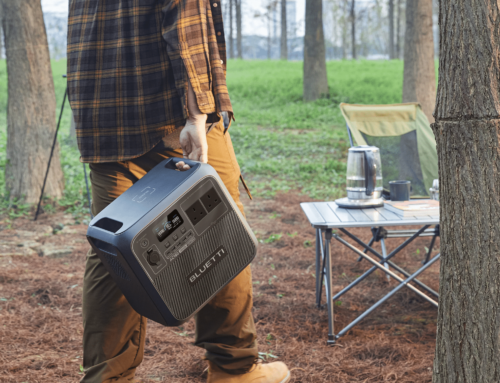Teaching tracking of our own species isn’t always to everyone’s liking. People attending bushcraft courses usually want to learn about nature. They want to follow Fallow and Roe or observe a Badger sett. These are indeed all the things I want them to do and take great pleasure in doing myself.
We all have to start somewhere however and without the whole course having an in depth knowledge of any one species we wouldn’t get far. Knowledge of an individual species or its environment takes time to learn and only comes with practice and experience. On most courses there isn’t enough time to teach students about one species or its environment to any great depth of knowledge.
Also, you cannot simply book a fallow deer to turn up at 9am so that the course can follow and study it. Similarly you cannot request a sunny day so that you can learn the use of light when tracking. You cannot book nature, full stop!
But you can teach the procedures necessary to follow any living creature, and we do already have intimate knowledge of one species. Hence we start our tracking lessons with ourselves, the one beastie we are all familiar with!
My formal training in tracking stems from a military career, but like everyone else I have been tracking, albeit subconsciously, since the day I was able to move under my own steam. I am a people watcher. I study individual’s habits and idiosyncrasies because that is what is required in my discipline of tracking. I am a man tracker.
The skills and procedures for man tracking and for animal tracking however are essentially identical. It is these procedures that security forces and others adopt from indigenous peoples. Whether casting, probing or whatever term we modern trackers choose to give to our procedure, it is the same method that has arisen through years of evolution, trial and error, failure and success.

In all forms of modern tracking instruction we give things labels because we have to relate information to students. Also normally documentation is required for others teaching and learning at a later date so that information remains consistent.
Bushmen do exactly the same only with a smaller audience and usually without documentation. Knowledge is passed on by word of mouth from father to son, enhanced by years of observing the habits of game and its interaction with the environment.
Whether on the hunt or playing in the bush as a child, information is assimilated in a detailed library of knowledge. That detailed depth of information can be accrued but requires dedication and practice.
Tracking is not a ‘black art’. The truth is in the intelligent interpretation of the evidence (Spoor), and that is something that can only be faithfully reproduced by knowledge of the quarry and its environment. Hence my wife is a tracker. She knows how to interpret crumbs on the breadboard; the toilet seat left up and opened doors in the house.
There is a tracker in every one of us!
The intention of this article is to stimulate and encourage discussion and not to malign any individual or groups teachings.
Thanks to ‘Woody’ of Bushcraft Expeditions for this article






Leave A Comment
You must be logged in to post a comment.